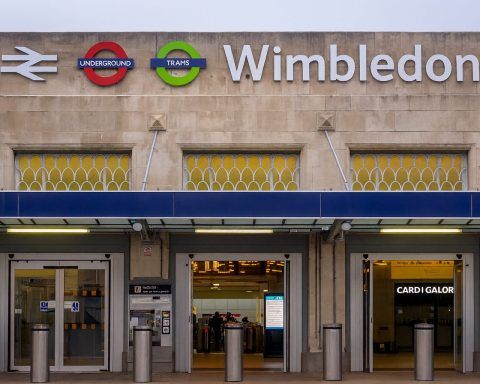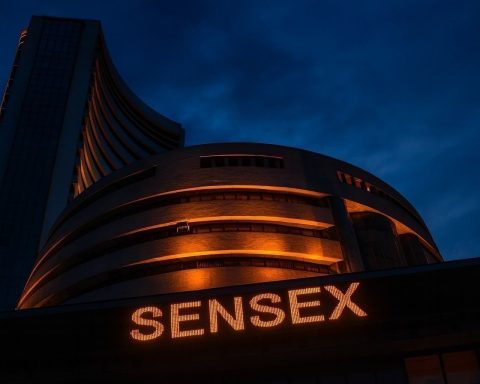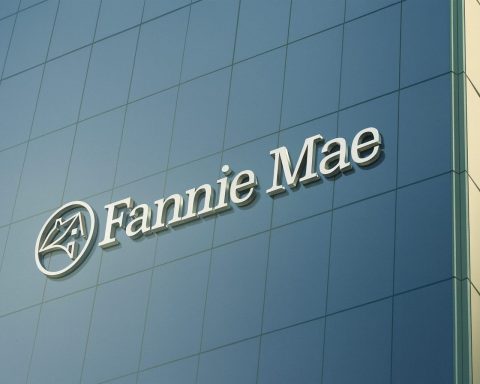- Calo drammatico del prezzo: Il titolo DroneShield ha perso circa il 10–12% del suo valore durante la notte del 29.10.2025 [1], dopo essere salito bruscamente la settimana precedente.
- Crescita massiccia: L’azienda ha riportato ricavi per il Q3/2025 pari a 93 milioni di dollari australiani – circa +1.000% anno su anno [2]. Nei primi nove mesi sono stati ricevuti ordini fermi per un valore di 193 milioni di dollari australiani [3].
- Performance da inizio anno: Il titolo ha raggiunto un massimo storico. Quest’anno ha guadagnato oltre +455% [4] (YTD). Si è trattato di un rally spettacolare, trainato da successi contrattuali (inclusi accordi con il Dipartimento della Difesa USA) e dalla crescente domanda di tecnologia anti-drone [5] [6].
- Opinione degli analisti: Nonostante i numeri forti, gli esperti avvertono di una sopravvalutazione. I broker vedono il fair value intorno a A$5,15 (~€3,30) in 12 mesi [7], il che suggerisce solo un potenziale di rialzo moderato. Una società di ricerca tedesca fissa addirittura un target a 1 anno di soli €2,27 [8]. Questo implica possibili ribassi o guadagni limitati se le aspettative ambiziose non verranno soddisfatte.
- Argomenti correlati: Il crollo del prezzo arriva in un momento di forte slancio per i titoli della difesa e dell’alta tecnologia. Ad esempio, ThyssenKrupp Marine Systems (TKMS) è salita di oltre il 30% dopo la sua IPO, mentre NEO Battery Materials (tecnologia delle batterie per droni/robotica) ha recentemente annunciato un aumento di capitale (5 milioni di dollari canadesi) e importanti ordini di acquisto (2,5 milioni di dollari canadesi) [9] [10]. Anche Hensoldt e i titoli della difesa tradizionali come Rheinmetall beneficiano di alti budget per la difesa.
Il titolo crolla dopo aver battuto le previsioni
DroneShield, uno specialista australiano di sistemi anti-drone, ha sorpreso gli investitori nell’ottobre 2025 con dati trimestrali eccezionali — scatenando una vera e propria tempesta di mercato. Secondo Wallstreet-Online, il titolo è sceso di oltre il 12% a Sydney e di oltre il 10% sulle borse tedesche [11]. Nella mattinata del 29 ottobre, le perdite si attestavano intorno al 6% (mercoledì mattina) [12]. In cifre: il titolo veniva scambiato circa €0,50 in meno rispetto al giorno precedente, a circa €2,55 (Tradegate) [13].
All’inizio, la battuta d’arresto sembrava sconcertante – DroneShield aveva appena annunciato ricavi del terzo trimestre pari a A$93 milioni, in aumento di oltre 1.000% anno su anno [14]. Nei primi nove mesi del 2025, gli ordini fermi hanno raggiunto A$193 milioni, con un flusso di cassa operativo di quasi A$16 milioni (per la prima volta in utile) [15] [16]. Un’analisi di settore ha persino affermato che il mercato anti-drone “sta letteralmente andando alle stelle.” [17].
Nonostante questi numeri, il sentiment degli investitori è rapidamente peggiorato. Una delle ragioni è l’elevata volatilità del titolo (volatilità a 250 giorni superiore al 100% [18]) e il rally già molto esteso: DroneShield era salita di oltre +450% dall’inizio dell’anno [19]. Wallstreet Online ha riassunto: “Il titolo ha già guadagnato oltre il 455 percento quest’anno.” [20]. Gli esperti vedono questo forte rialzo come un segnale di FOMO (paura di restare esclusi) [21], aumentando il rischio di correzione. Prendere profitti a breve termine e attendere appare “razionale” a molti osservatori di mercato [22].
References
1. www.wallstreet-online.de, 2. inv3st.de, 3. inv3st.de, 4. www.wallstreet-online.de, 5. ts2.tech, 6. ts2.tech, 7. www.investing.com, 8. www.wallstreet-online.de, 9. neobatterymaterials.com, 10. neobatterymaterials.com, 11. www.wallstreet-online.de, 12. www.wallstreet-online.de, 13. www.wallstreet-online.de, 14. inv3st.de, 15. inv3st.de, 16. inv3st.de, 17. inv3st.de, 18. www.boerse-online.de, 19. www.wallstreet-online.de, 20. www.wallstreet-online.de, 21. www.boerse-online.de, 22. ts2.tech









